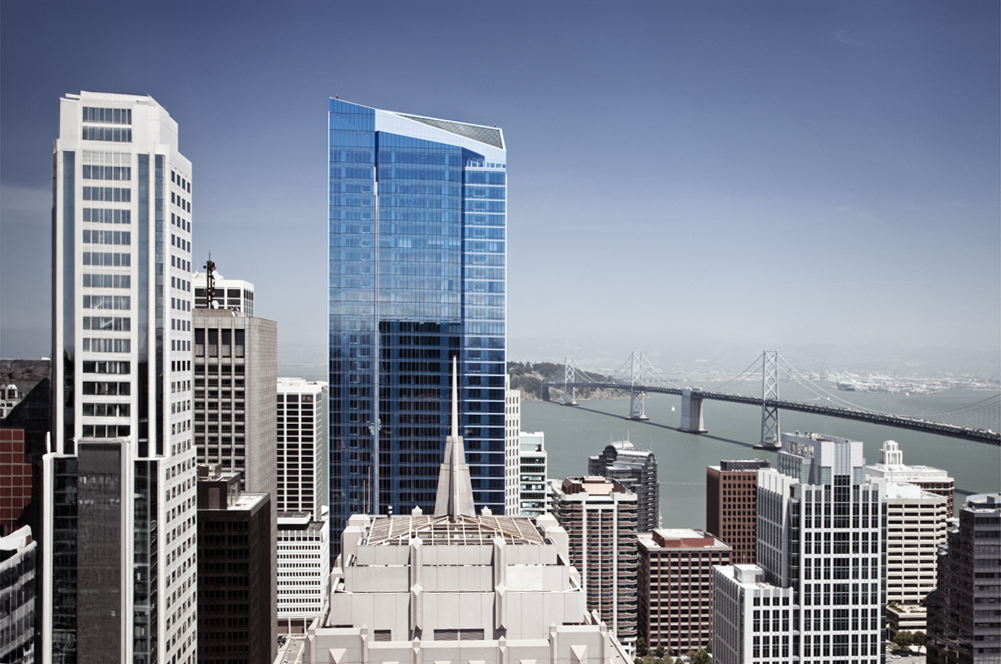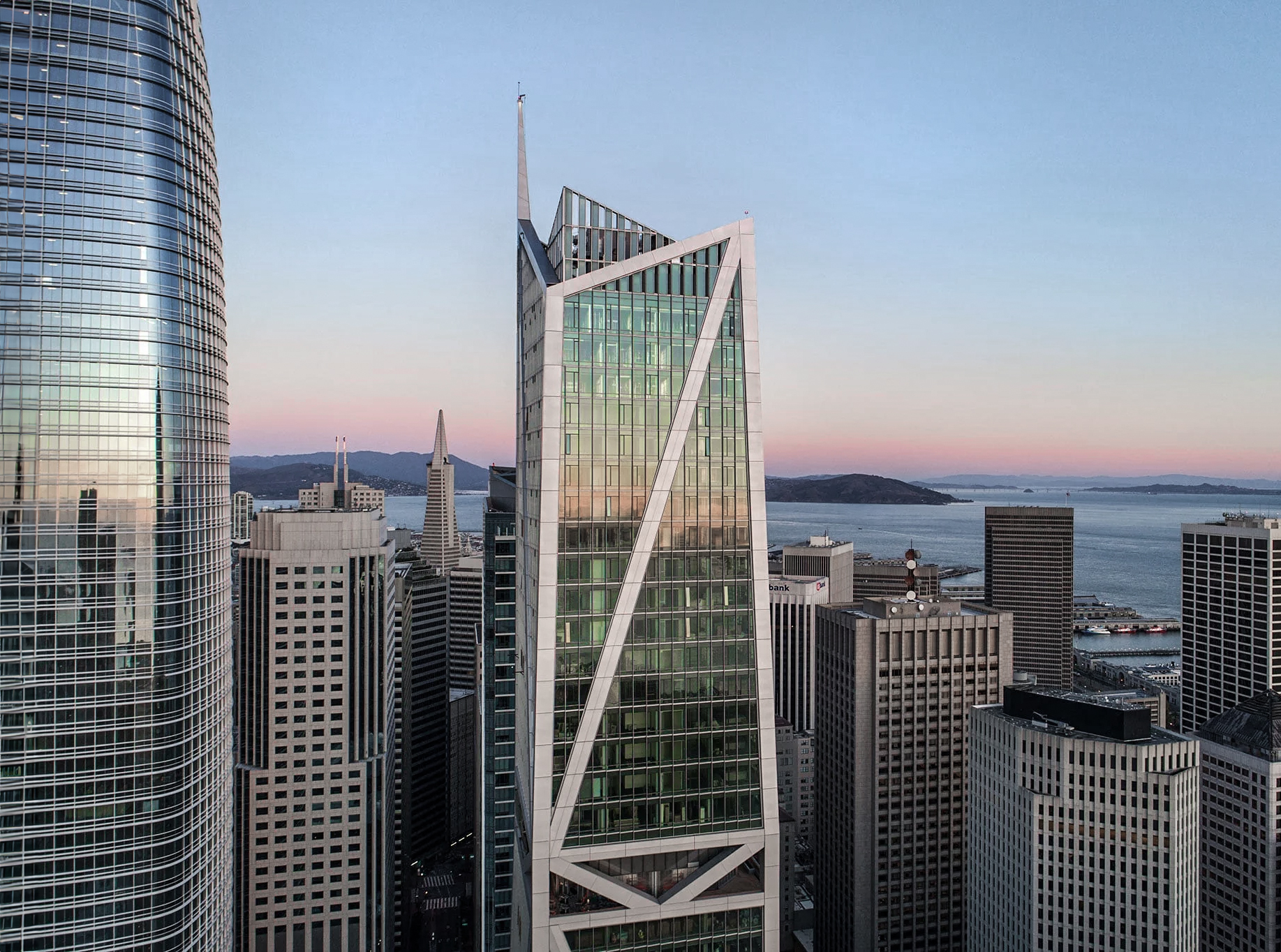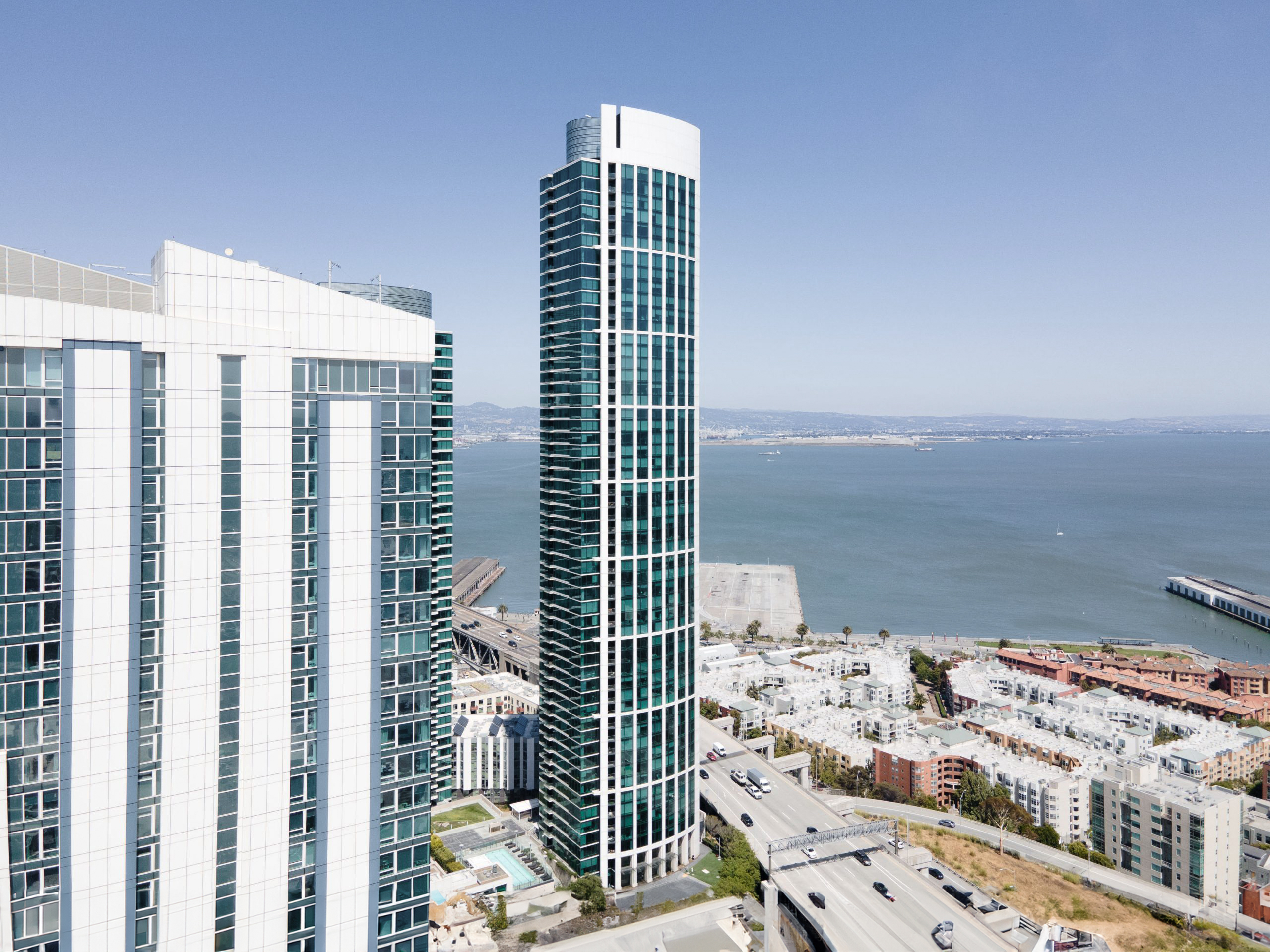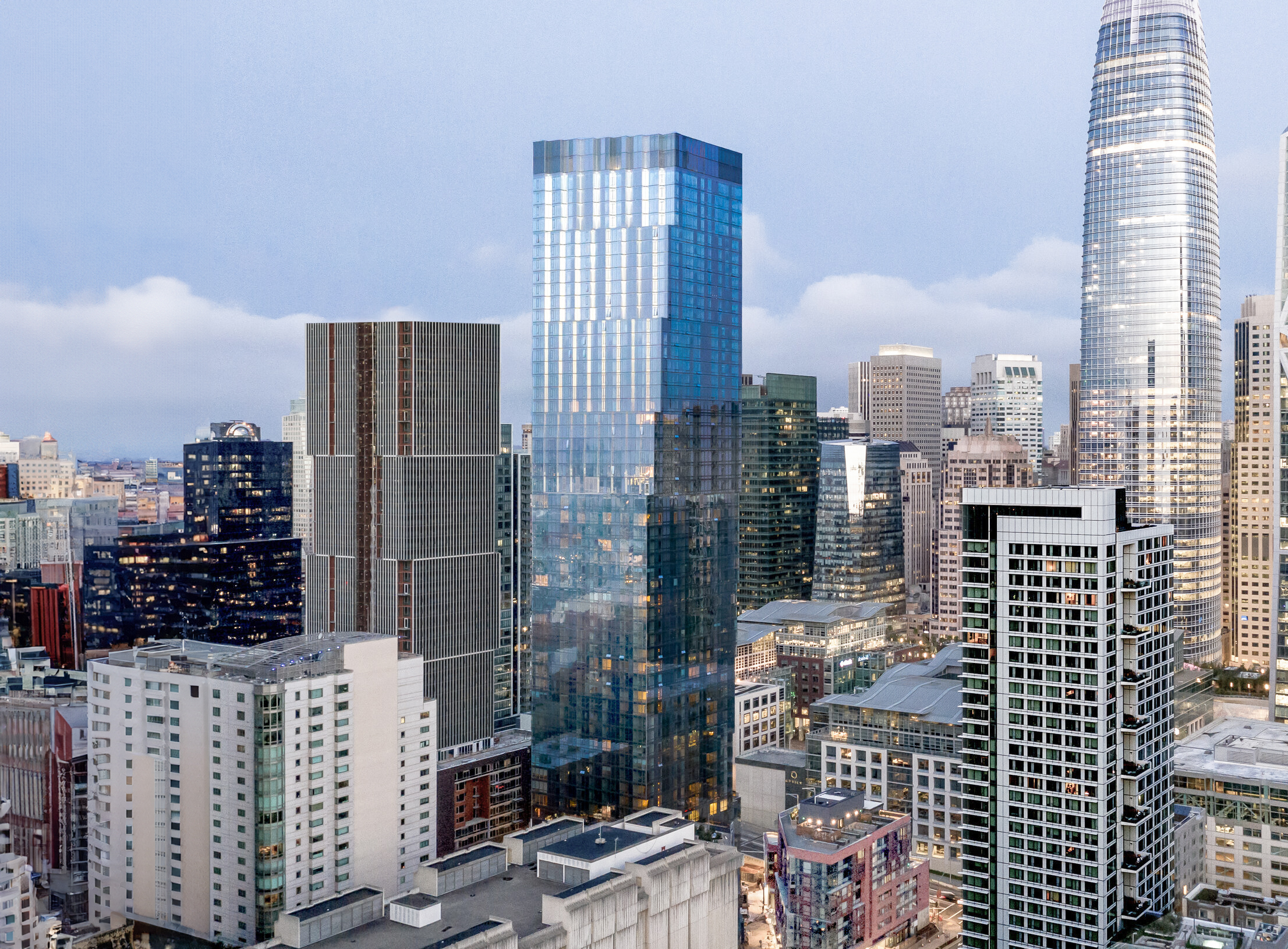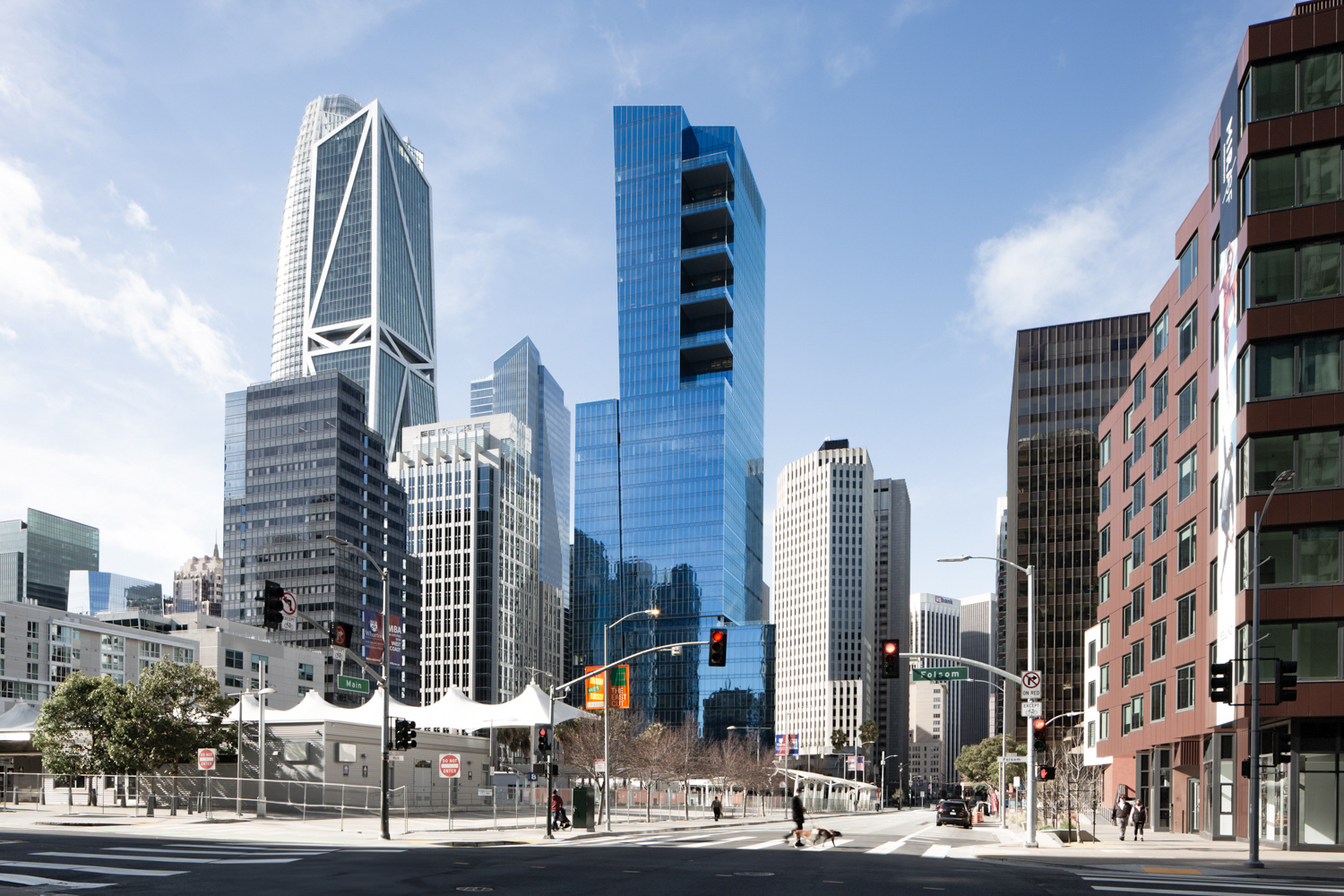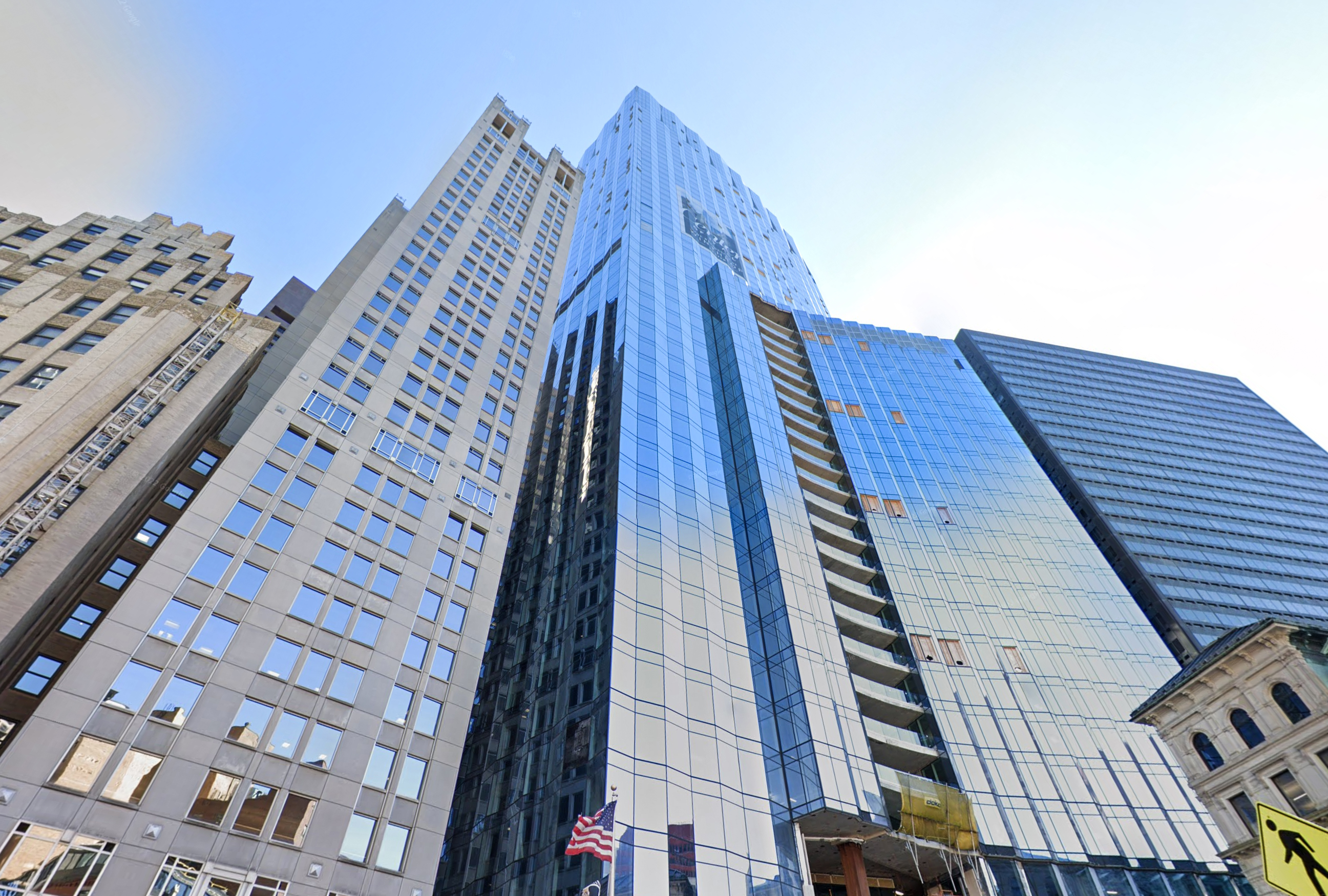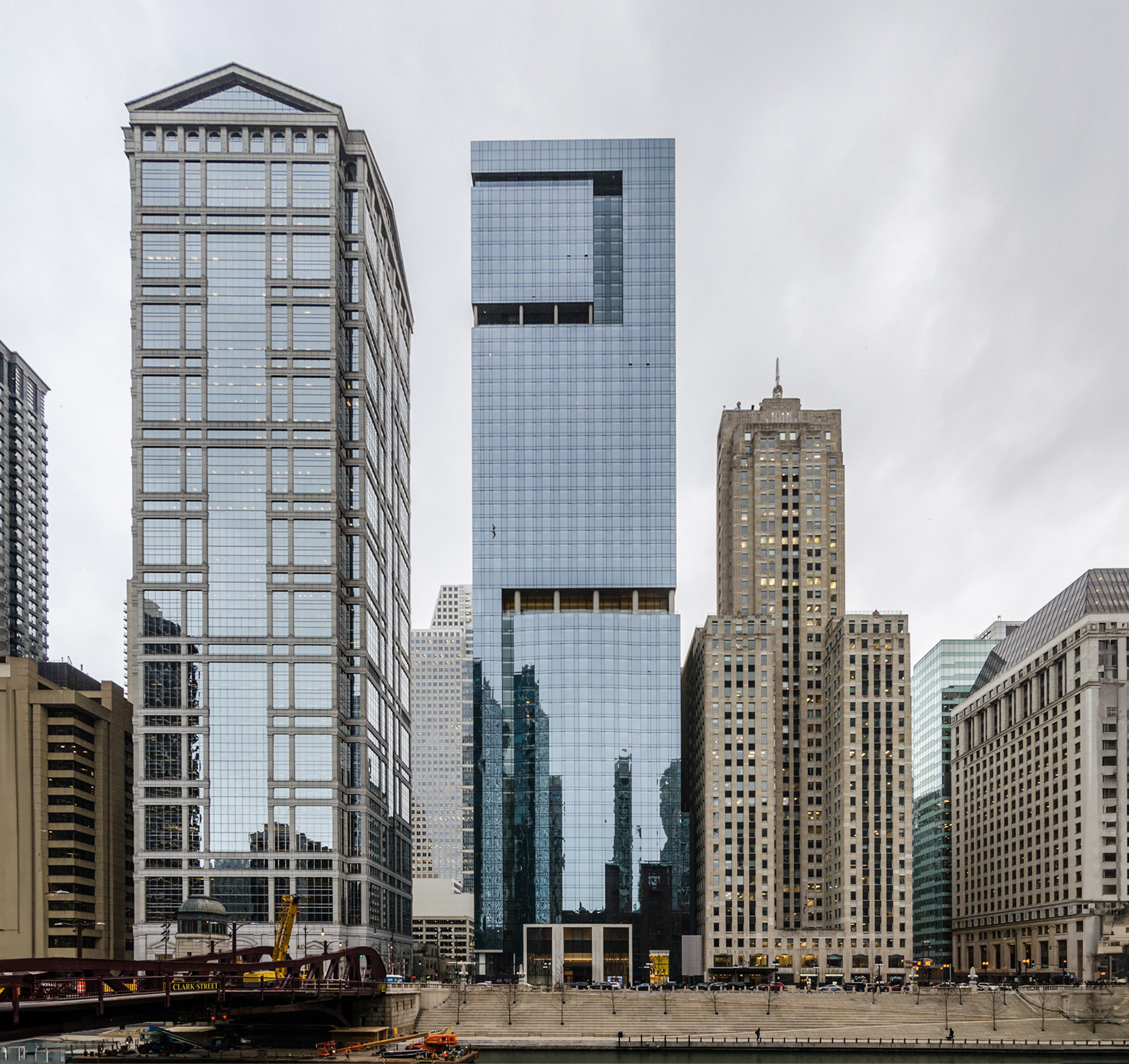The Millennium Tower is a Contemporary skyscraper designed by Handel Architects, and built between 2005 and 2009, for a reported $350 million dollars, in San Francisco, CA.
Its precise street address is 301 Mission Street, San Francisco, CA. You can also find it on the map here.
The Millennium Tower has received multiple architecture awards for its architectural design since 2009. The following is a list of such prizes and awards:
- Award of Merit - Concrete industry Board, Design Excellence Award, Green Design - Multi-Housing news in 2008
- Top 10 Skyscrapers of the Year - Emporis in 2009
- Best Market-Rate Residential Project - San Francisco Business Journal in 2010
The Millennium is comprised of two towers connected by a glass atrium: The taller tower has 58 floors and one basement, and houses luxury residences (Grand Residences) and semi-luxury residences (The Residences). The second tower has 12 floors above ground and a 5 story subterranean garage, and houses loft-style condominiums (City Residences) .
The building underwent a major restoration between 2020 and 2022. The architect commissioned to undertake this restoration was Treadwell & Rollo.
